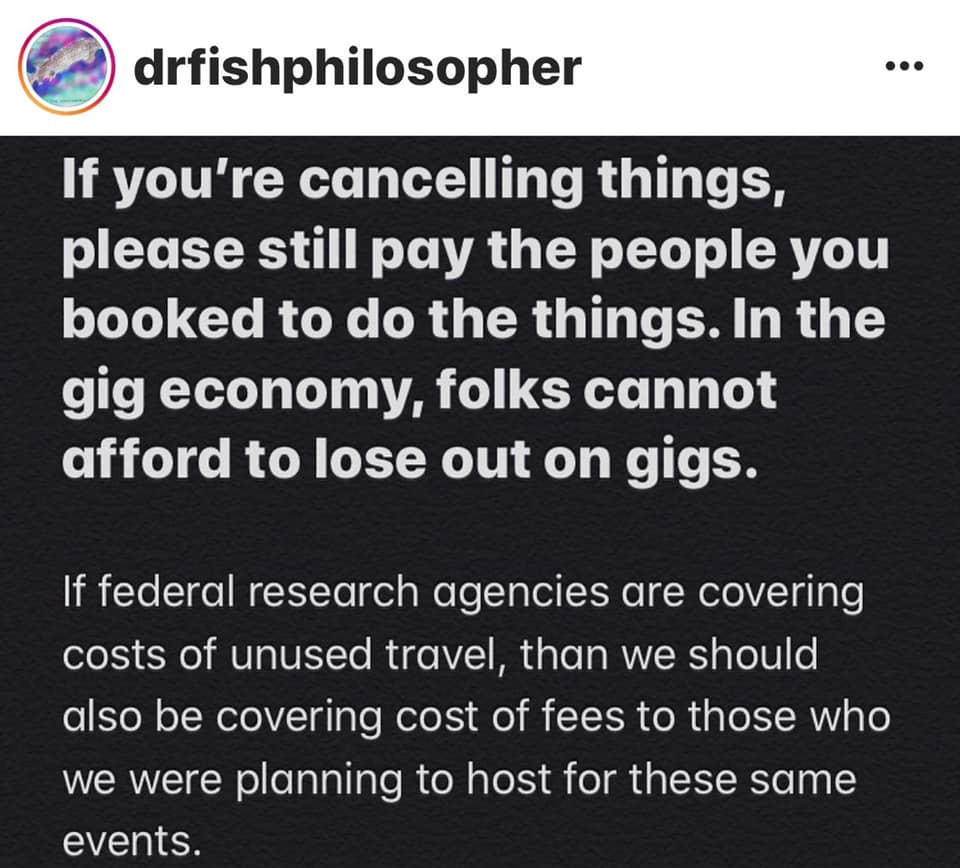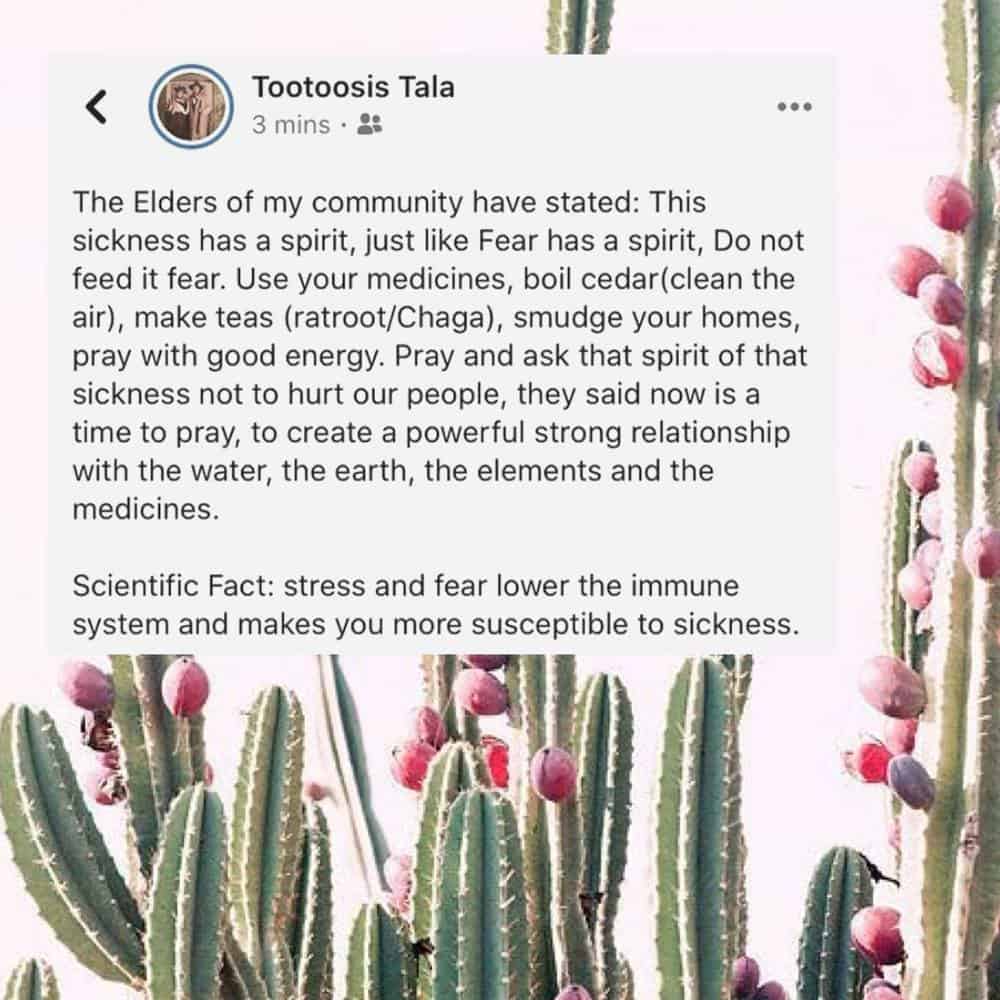Blog
Alvin “Junior” Raglin (March 16, 1917 – November 10, 1955) was an American swing jazz double-bassist.
Raglin started out on guitar but had picked up bass by the mid-1930s. He played with Eugene Coy from 1938 to 1941 in Oregon, and then joined Duke Ellington‘s Orchestra, where he replaced Jimmy Blanton. Raglin remained in Ellington’s employ from 1941 to 1945.
After leaving Ellington’s orchestra, Raglin led his own quartet, and also played with Dave Rivera, Ella Fitzgerald, and Al Hibbler. He briefly returned to perform with Ellington in 1946 and 1955. Raglin fell ill in the late 1940s and quit performing; he died in 1955 at age 38. He never recorded as a leader.
more...Friday, March 13, 2020: A new Hubble Space Telescope image of the spiral galaxy NGC 1589 reveals the galaxy’s bright central bulge, where a supermassive black hole is lurking in a group of tightly packed stars. The galaxy “was once the scene of a violent bout of cosmic hunger pangs,” Hubble astronomers said in a statement. Located 168 million light-years from Earth in the Taurus constellation, NGC 1589 was discovered by William Herschel in 1783. “As astronomers looked on, a poor, hapless star was seemingly torn apart and devoured by the ravenous supermassive black hole at the center of the galaxy,” the Hubble team said. Now astronomers are using Hubble to look for any evidence of stellar debris that was ejected when the star ripped apart.
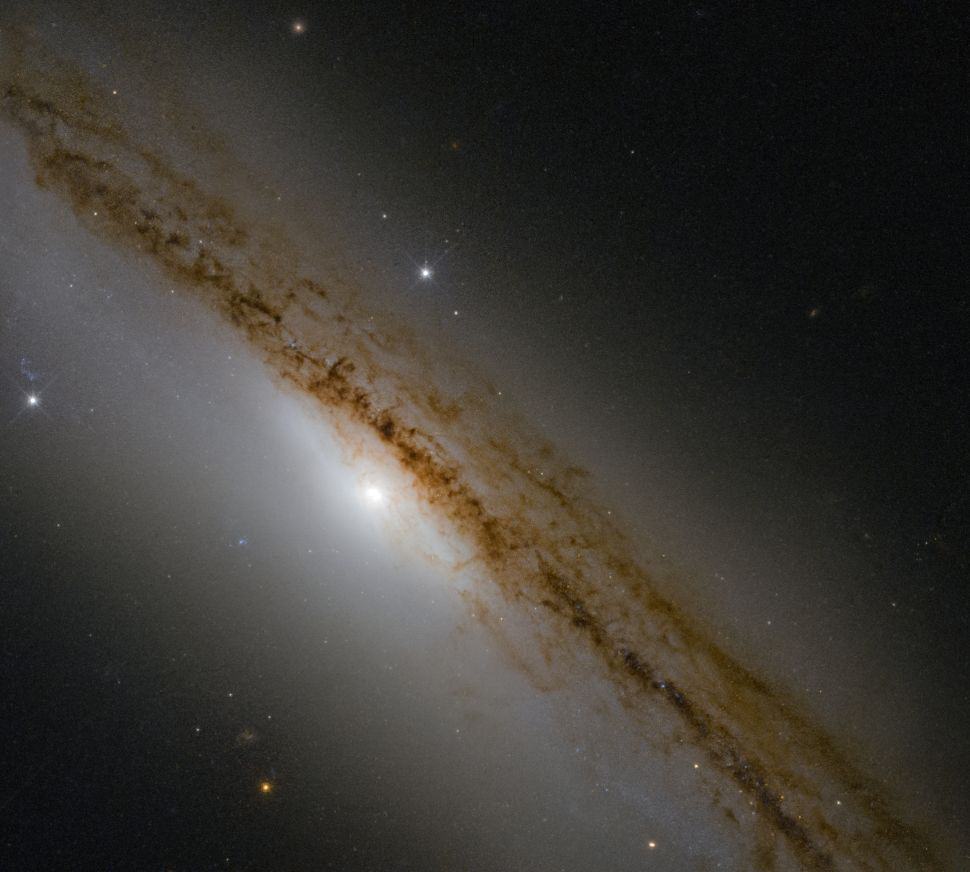
more...
Ryland Peter Cooder (born March 15, 1947) is an American musician, songwriter, film score composer and record producer. He is a multi-instrumentalist but is best known for his slide guitar work, his interest in roots music from the United States, and his collaborations with traditional musicians from many countries.
Cooder’s solo work draws upon many genres. He has played with John Lee Hooker, Captain Beefheart, Gordon Lightfoot, Ali Farka Touré, Eric Clapton, The Rolling Stones, Van Morrison, Neil Young, Randy Newman, Linda Ronstadt, David Lindley, The Chieftains, The Doobie Brothers, and Carla Olson & the Textones (on record and film). He formed the band Little Village. He also produced the Buena Vista Social Club album (1997), which became a worldwide hit. Wim Wenders directed the documentary film of the same name (1999), which was nominated for an Academy Award in 2000.
Cooder was ranked eighth on Rolling Stone magazine’s 2003 list of “The 100 Greatest Guitarists of All Time” (David Fricke’s Picks). A 2010 ranking by Gibson placed him at number 32. Cooder was born in Los Angeles, California, to father Bill Cooder and Italian-American mother Emma Casaroli. He grew up in Santa Monica, California, and graduated from Santa Monica High School in 1964.
more...Sly Stone (born Sylvester Stewart; March 15, 1943) is an American musician, songwriter, and record producer who is most famous for his role as frontman for Sly and the Family Stone, a band that played a critical role in the development of soul, funk, rock, and psychedelia in the 1960s and 1970s.
Raised in California, Stone mastered several instruments at an early age and performed gospel music as a child with siblings (and future bandmates) Freddie and Rose. In the mid-1960s, he worked as both a record producer for Autumn Records and a disc jockey for San Francisco radio station KSOL, In 1966, Stone formed Sly & the Family Stone, among the first racially integrated, male and female acts in popular music. The group would score hits such as “Dance to the Music” (1968), “Everyday People” (1968), “Thank You (Falettinme Be Mice Elf Agin)” (1969) and “Family Affair” (1971) and acclaimed albums such as Stand! (1969) and There’s a Riot Goin’ On (1971).
By the mid-1970s, Stone’s drug problems and erratic behavior effectively ended the group, leaving him to record several unsuccessful solo albums. In 1993, he was inducted into the Rock and Roll Hall of Fame as a member of the group.
The Stewart family was a deeply religious middle-class household from Denton, Texas. Born March 15, 1943, before the family had moved from Denton, Texas to Vallejo, California, in the North Bay of the San Francisco Bay Area, Sylvester was the second of the family’s five children.
https://www.youtube.com/watch?v=Hj6OyIh7GAI
more...Philip Chapman Lesh (born March 15, 1940) is an American musician and a founding member of the Grateful Dead, with whom he played bass guitar throughout their 30-year career.
After the band’s disbanding in 1995, Lesh continued the tradition of Grateful Dead family music with side project Phil Lesh and Friends, which paid homage to the Dead’s music by playing their originals, common covers, and the songs of the members of his band. Lesh operates a music venue called Terrapin Crossroads. He scaled back his touring regimen in 2014 but continues to perform with Phil Lesh & Friends at select venues. From 2009 to 2014, he performed in Furthur alongside former Grateful Dead bandmate Bob Weir.
Lesh was born in Berkeley, California, and started out as a violin player. While enrolled at Berkeley High School, he switched to trumpet and participated in all of the school’s music-related extracurricular activities. Studying the instrument under Bob Hansen, conductor of the symphonic Golden Gate Park Band, he developed a keen interest in avant-garde classical music and free jazz. After attending San Francisco State University for a semester, Lesh was unable to secure a favorable position in the school’s band or orchestra and determined that he was not ready to pursue a higher education. Upon dropping out, he successfully auditioned for the renowned Sixth Army Band (then stationed at the Presidio of San Francisco) with the assistance of Hansen but was ultimately determined to be unfit for military service.
more...Charles Lloyd (born March 15, 1938) is an American jazz musician. Though he primarily plays tenor saxophone and flute, he has occasionally recorded on other reed instruments, including alto saxophone and the Hungarian tárogató. Lloyd’s band since 2007 includes pianist Jason Moran, bassist Reuben Rogers, and drummer Eric Harland.
In 1956 Lloyd left Memphis for Los Angeles to earn a degree in music at the University of Southern California, where he studied with Halsey Stevens, whose speciality was Bartók. At night, he played in jazz clubs with Ornette Coleman, Billy Higgins, Scott LaFaro, Don Cherry, Charlie Haden, Eric Dolphy, Bobby Hutcherson and other leading west coast jazz artists. He also was a member of the Gerald Wilson big band.
more...Samuel John “Lightnin’” Hopkins (March 15, 1912 – January 30, 1982) was an American country blues singer, songwriter, guitarist and occasional pianist, from Centerville, Texas. Rolling Stone magazine ranked him number 71 on its list of the 100 greatest guitarists of all time.
The musicologist Robert “Mack” McCormick opined that Hopkins is “the embodiment of the jazz-and-poetry spirit, representing its ancient form in the single creator whose words and music are one act”.
Hopkins was born in Centerville, Texas, and as a child was immersed in the sounds of the blues. He developed a deep appreciation for this music at the age of 8, when he met Blind Lemon Jefferson at a church picnic in Buffalo, Texas. That day, Hopkins felt the blues was “in him”. He went on to learn from his older (distant) cousin, the country blues singer Alger “Texas” Alexander.(Hopkins had another cousin, the Texas electric blues guitarist Frankie Lee Sims, with whom he later recorded.) Hopkins began accompanying Jefferson on guitar at informal church gatherings. Jefferson reputedly never let anyone play with him except young Hopkins, and Hopkins learned much from Jefferson at these gatherings.
In the mid-1930s, Hopkins was sent to Houston County Prison Farm; the offense for which he was imprisoned is unknown. In the late 1930s, he moved to Houston with Alexander in an unsuccessful attempt to break into the music scene there. By the early 1940s, he was back in Centerville, working as a farm hand.
Hopkins took a second shot at Houston in 1946. While singing on Dowling Street in Houston’s Third Ward (which would become his home base), he was discovered by Lola Anne Cullum of Aladdin Records, based in Los Angeles. She convinced Hopkins to travel to Los Angeles, where he accompanied the pianist Wilson Smith. The duo recorded twelve tracks in their first sessions in 1946. An Aladdin executive decided the pair needed more dynamism in their names and dubbed Hopkins “Lightnin'” and Wilson “Thunder”.
more...As life in Italy grinds to a halt amid a nationwide lockdown to control the spread of the coronavirus outbreak, one street was filled with song as the community banded their voices together in solidarity.
A video of people singing out of their windows on a neighbourhood street in Siena, Tuscany, went viral on social media, with many calling it a “beautiful” act of humanity. “People of my hometown Siena sing a popular song from their houses along an empty street to warm their heart during the Italian Covid-19lockdown”. The song, titled ‘Canto della Verbena’ (‘And While Siena Sleeps’), is a popular folk song in the city typically sung to express local pride. It focuses on the Piazza del Campo, the main square of the city, and is traditionally sung by members of a contrada, districts set up in the Middle Ages to supply troops. Social media users were deeply touched by the communal singing, with some admitting it brought them to tears.“People breaking out in song, lifting each other’s spirits during this tragedy, is an act of striking beauty,” said one person. “It’s a reminder that, especially during a tragedy, the human spirit keeps us all going in hope. We shine our best in the darkness. Thank you, Siena. You made my day.”Another said: “Reminiscent of the chants from Wuhan high-rise apartments early in the epidemic there. Stay strong Italy. Praying for you guys.” The lockdown in Italy has effectively quarantined nearly 16 million people and shut down all shops except supermarkets and pharmacies.
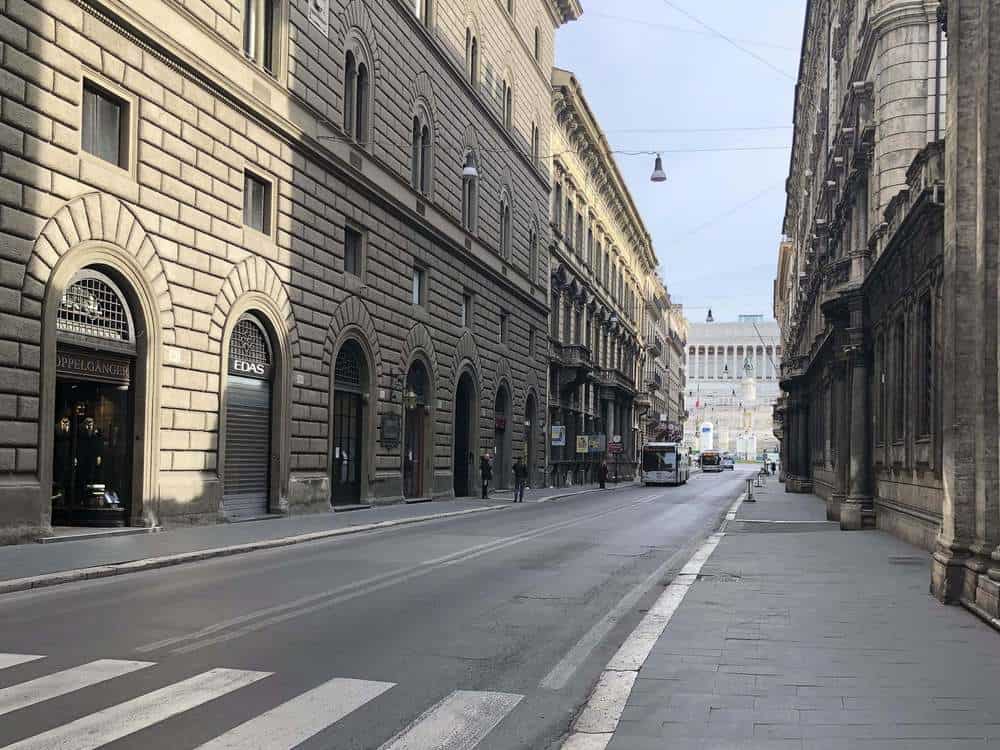
NGC 3226-27: What a beautiful sight! And so easy to find just 50′ east of Algieba in Leo’s Sickle. The two galaxies comprise an interacting pair located approximately 77 million light-years from Earth. The smaller of the two, NGC 3226, a 12th-magnitude dwarf elliptical, shares a common envelope with the larger NGC 3227, an 11.1-magnitude spiral. I see two galaxies touching at 142×, each with a distinct character. NGC 3227 is elongated northwest-southeast with a prominent, nearly stellar nucleus. NGC 3226 appears a little fainter, round with a brighter but more diffuse core.
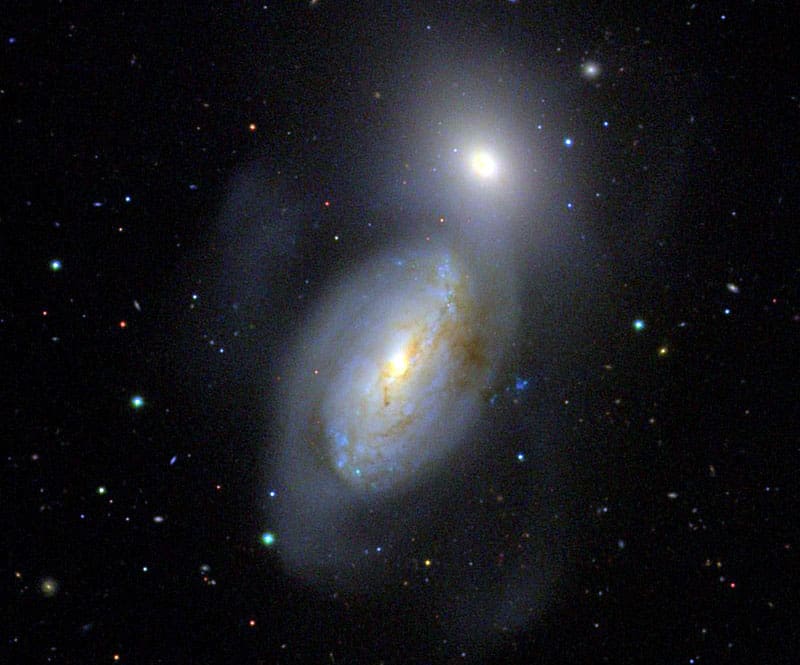
Shirley Scott (March 14, 1934 – March 10, 2002) was an American jazz organist.
Born in Philadelphia, Pennsylvania, Scott studied trumpet and piano in school. As a performer in the 1950s, she played the Hammond B-3 organ. Her recordings with Eddie “Lockjaw” Davis included the hit “In the Kitchen”. Influenced by gospel and blues, she played soul jazz in the 1960s with Stanley Turrentine, who became her husband during the same decade; the couple divorced in 1971. Although organ trios declined in popularity during the 1970s, they resurged in the 1980s and she recorded again. In the 1990s, she recorded as pianist in a trio and performed at venues in Philadelphia. She was also a jazz educator.
Scott won an $8 million settlement in 2000 against American Home Products, the manufacturers of the diet drug fen-phen. She died of heart failure in 2002. On June 25, 2019, The New York Times Magazine listed Shirley Scott among hundreds of artists whose material was reportedly destroyed in the 2008 Universal fire.
more...Quincy Delight Jones Jr. (born March 14, 1933 Chicago, Ill) is an American record producer, multi-instrumentalist, songwriter, composer, arranger, and film and television producer. His career spans over 60 years in the entertainment industry with a record 80 Grammy Award nominations, 28 Grammys,and a Grammy Legend Award in 1992.
Jones came to prominence in the 1950s as a jazz arranger and conductor, before moving on to work in pop music and film scores. In 1969 Jones and his songwriting partner Bob Russell became the first African-Americans to be nominated for an Academy Award for Best Original Song, for “The Eyes of Love” from the film Banning. Jones was also nominated for an Academy Award for Best Original Score for his work on the 1967 film In Cold Blood, making him the first African-American to be nominated twice in the same year. In 1971 he became the first African-American to be the musical director and conductor of the Academy Awards ceremony. In 1995 he was the first African-American to receive the Academy’s Jean Hersholt Humanitarian Award. He has tied with sound designer Willie D. Burton as the second most Oscar-nominated African-American, with seven nominations each.
Jones was the producer, with Michael Jackson, of Jackson’s albums Off the Wall (1979), Thriller (1982), and Bad (1987), as well as the producer and conductor of the 1985 charity song “We Are the World“, which raised funds for victims of famine in Ethiopia. In 2013, Jones was inducted into the Rock & Roll Hall of Fame as the winner, alongside Lou Adler, of the Ahmet Ertegun Award. He was named one of the most influential jazz musicians of the 20th century by Time magazine.
more...Robert Pete Williams (March 14, 1914 – December 31, 1980) was an American Louisiana blues musician. His music characteristically employed unconventional structures and guitar tunings, and his songs are often about the time he served in prison. His song “I’ve Grown So Ugly” has been covered by Captain Beefheart, on his album Safe as Milk (1967), and by The Black Keys, on Rubber Factory (2004).
Williams was born in Zachary, Louisiana, to a family of sharecroppers. He had no formal schooling, and spent his childhood picking cotton and cutting sugar cane. In 1928, he moved to Baton Rouge, Louisiana and worked in a lumberyard. At the age of 20, Williams fashioned a crude guitar by attaching five copper strings to a cigar box, and soon after bought a cheap, mass-produced one. Williams was taught by Frank and Robert Metty, and was at first chiefly influenced by Peetie Wheatstraw and Blind Lemon Jefferson. He began to play for small events such as Church gatherings, fish fries, suppers, and dances. From the 1930s to the 1950s, Williams played music and continued to work in the lumberyards of Baton Rouge.
He was discovered by ethnomusicologists Dr Harry Oster and Richard Allen in Louisiana State Penitentiary, where he was serving a life sentence for fatally shooting a man in a nightclub in 1956, an act which he claimed was in self-defense. Oster and Allen recorded Williams performing several of his songs about prison life, and pleaded for him to be pardoned. Under pressure from Oster, the parole board issued a pardon, and commuted his sentence to 12 years. In December 1958, he was released into ‘servitude parole’, which required 80 hours of labor per week on a Denham Springs farm without due compensation, and only room and board provided. This parole prevented him from working in music, though he was able to occasionally play with Butch Cage and Willie B. Thomas at Thomas’s home in Zachary. By this time, Williams’ music was becoming popular, and he played at the 1964 Newport Folk Festival.
more...Leslie Thompson Baxter (March 14, 1922 – January 15, 1996) was an American musician and composer. After working as an arranger and composer for swing bands, he developed his own style of easy listening music, known as exotica.
Baxter studied piano at the Detroit Conservatory before moving to Los Angeles for further studies at Pepperdine College. From 1943 on he played tenor and baritone saxophone for the Freddie Slack big band. Abandoning a concert career as a pianist, he turned to popular music as a singer. At the age of 23 he joined Mel Tormé‘s Mel-Tones, singing on Artie Shaw records such as “What Is This Thing Called Love?“.
Baxter then turned to arranging and conducting for Capitol Records in 1950, and conducted the orchestra in two early Nat King Cole hits, “Mona Lisa” and “Too Young“. In 1953 he scored his first movie, the sailing travelogue Tanga Tika. With his own orchestra, he released a number of hits including “Ruby” (1953), “Unchained Melody” (1955), and “The Poor People of Paris” (1956), and is remembered for a version of “Sinner Man” (1956), definitively setting the sound with varying tempos, orchestral flourishes, and wailing background vocals. “Unchained Melody” was the first million seller for Baxter, and was awarded a gold disc.[2] “The Poor People of Paris” also sold over one million copies. He also achieved success with concept albums of his own orchestral suites: Le Sacre Du Sauvage, Festival Of The Gnomes, Ports Of Pleasure, and Brazil Now, the first three for Capitol and the fourth on Gene Norman‘s Crescendo label. The list of musicians on these recordings includes Plas Johnson and Clare Fischer.Baxter also wrote the “Whistle” theme from the TV show Lassie.
In the 1960s, he formed the Balladeers, a conservative folk group in suits that at one time featured a young David Crosby. Later he used some of the same singers from that group for a studio project called The Forum. They had a minor hit in 1967 with a rendition of “River is Wide” which implemented the Wall of Sound technique originally developed by Phil Spector. He worked in radio as musical director of The Halls of Ivy and the Bob Hope and Abbott and Costello shows.
more...More Posts
- Daily Roots Igo Levy
- RHYTHM ROOTS WORKSHOP Ebenezer Assisted and Independent Senior Care
- Cosmos NGC 6872
- Kevin Locke
- Sahib Shihab
- George Russell
- Milt Hinton
- World Drumming Babatunde Olatunji
- Flamenco Fridays El Torta
- Daily Roots Royal Rasses
- Cosmos IC 4812
- Hermeto Pascoal
- Kris Kristofferson
- Ray Mantilla
- World Music Mohammadgeldi Galdinejad
- Daily Roots Mighty Diamonds
- Happy Summer Solstice 2023
- KARIBUNI Cerenity Humboldt performance
- Cosmos IC 1396
- Nils Lofgren
